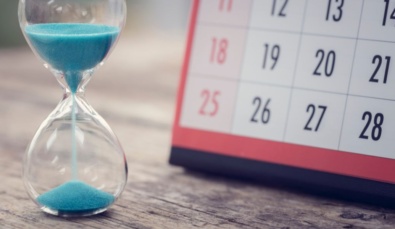The looming financial new year heralds an unwelcome extra cost for thousands of people who currently have a HECS HELP debt. This is because every unpaid debt is going to automatically increase when it’s indexed on June 1. In previous years, the HECS indexation rate was relatively modest, but thanks to soaring inflation, this year’s indexation rate is set to hit more than 3 million Australians hard. So how do you avoid indexation on HECS?
Here’s what you need to know.
What is indexation?
Indexation means that the price of something is changed in correspondence with an external factor. In this case, the price of something is your student debt and the external factor is the Consumer Price Index (CPI). Each year your student loans increase based off the CPI percentage — which is a set of figures released by the Australian Bureau of Statistics (ABS) every three months to track the cost of living.
How much is my HECS-HELP loan going to go up by?
This year, your HECS HELP debt will increase by 7.1% after indexation. For example, on a $25,000 HECS Debt, your debt will increase by $1,775 to $26,775.
When is HECS HELP indexed?
June 1 — one week from now.
How can I pay off my HECS HELP debt?
There are two ways:
- Voluntary
- Compulsory
Voluntary payment can be made at any time through the MyGov portal.
Compulsory payments are taken from your wages once you earn over the $48,361 threshold. These payments aren’t deducted from your overall debt until after you’ve submitted your tax return.
If I voluntarily pay off my whole loan, do I avoid the indexation?
Only if you pay your entire debt off. Indexation will apply to whatever you’re still owing by June 1.
So, when do I have to pay my HECS back by?
Well, technically the cut-off date for repayments is May 31st.
The Australian Tax Office (ATO) recommended making payments four days before the cut-off date to make sure you avoid extra indexation because of how long it can take for the payment to be processed.
So, if you are making a voluntary payment to avoid indexation – lodge your payment by May 25th. The ATO assured us it’s not expecting a backlog of payments in the lead up to indexation.
However, they expressed the importance of providing the correct Payment Reference Number (PRN) when making the payment, which is visible when viewing your account in ATO Online Services. You can find that by using the ATO portal in your myGov app.
What happens to my compulsory payments if I pay off my whole loan?
Compulsory loan payments are garnished from your salary and held by your employer. When you lodge your tax return, the gathered monies are applied to your loan balance and your debt reduces.
If you are in the fortunate position to make a voluntary payment of the entire balance:
- Previous Payroll Runs – “If an individual pays their loan account in full prior to lodging their tax return, their compulsory repayment will be nil, and as part of the normal Tax Return processes, any balance of PAYG amounts remaining, after applying against the tax and other assessment liabilities, is refunded,” said an ATO spokesperson. So for the garnishing that has already occurred during the 2023 financial year in previous payroll runs, the refund will occur upon lodgement of the tax return for the year ending 30 June 2023.
- Future Payroll Runs – An updated Tax File Number (TFN) declaration should be provided to your employer to advise you no longer have a HECS-HELP debt. This will mean for future payroll runs your employer will cease having the compulsory repayments garnished from your salary.
What did the budget include for HECS-HELP?
If you’re looking for some future reprieve from high indexation payments in the budget you’re out of luck.
The 23/24 budget papers did outline $87.8 million in funding over the next five years towards the HELP system, but this will be used to improve the administration process and increase data security. Federal Treasurer Jim Chalmers also indicated that there are no plans to alter HELP indexation at a press conference in April.









